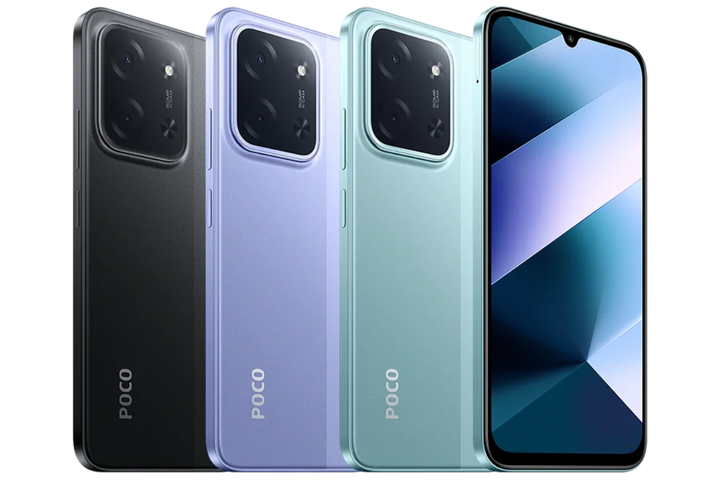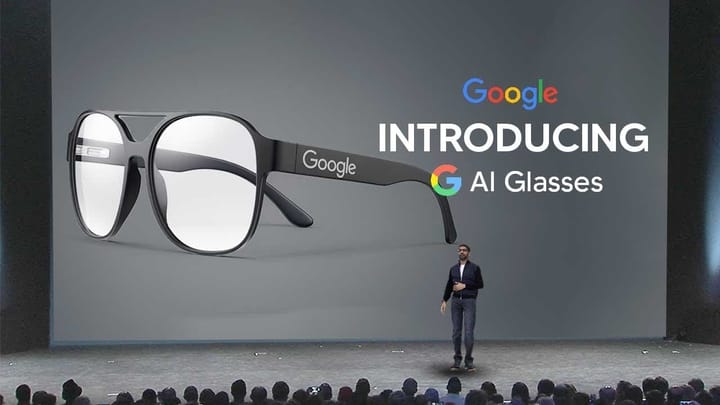GEO vs SEO - Navigating the Shift to Generative Engine Optimization

The Evolution of Search Engine Optimization
Search Engine Optimization (SEO) has been a crucial aspect of online marketing strategies for years, focusing on optimizing content to rank higher in search engine results pages (SERPs) and increase online visibility. Traditional SEO involves understanding search engines' algorithms and creating content that caters to their requirements, thereby improving rankings and driving organic traffic to websites.
Limitations of Traditional SEO
However, traditional SEO has its limitations. It often leads to keyword stuffing, low-quality content, and a focus on manipulating search engines rather than providing value to users. Moreover, search engines' algorithms are constantly evolving, making it challenging to keep up with the latest optimization techniques.
The Emergence of Generative Engine Optimization (GEO)
With the advent of generative AI, a new approach is emerging: Generative Engine Optimization (GEO). GEO involves optimizing content for AI-powered search engines, which use natural language processing (NLP) and machine learning algorithms to understand and generate human-like content. This shift requires a new set of strategies and techniques to optimize content for AI-driven search engines.
Key Differences between SEO and GEO
While traditional SEO focuses on keyword optimization and algorithm manipulation, GEO prioritizes high-quality, user-centric content that resonates with AI-powered search engines. GEO involves understanding how AI interprets and generates content, enabling marketers to create content that aligns with AI's capabilities and preferences.
Understanding GEO: Optimizing for Generative Search Engines
As the search landscape evolves, a new paradigm has emerged: Generative Engine Optimization (GEO). This innovative approach is tailored to AI-driven search engines that generate comprehensive responses, such as ChatGPT-4 and Google's Search Generative Experience.
GEO's Target: AI-Driven Search Engines
GEO specifically targets search engines that utilize advanced natural language processing (NLP) and machine learning algorithms to produce detailed answers. These engines have transformed the way we interact with search results, providing users with more comprehensive and conversational responses.
Prioritizing Alignment with Large Language Models
The GEO approach prioritizes aligning content with the preferences of Large Language Models (LLMs). This involves optimizing content to be more accessible, readable, and recommendable by these AI-driven engines. By doing so, businesses and content creators can increase their online visibility and reach a wider audience.
Key Considerations for GEO
To effectively implement GEO, consider the following key factors:
- Content quality and relevance
- Conversational tone and structure
- Entity-based optimization
- Contextual understanding and nuance
- Recommendation and accessibility signals
By embracing GEO and adapting to the evolving search landscape, businesses can stay ahead of the curve and thrive in the era of generative search engines.
Key Differences: SEO vs GEO
The shift from traditional Search Engine Optimization (SEO) to Generative Engine Optimization (GEO) marks a significant transformation in the way we approach search. Understanding the key differences between SEO and GEO is crucial for navigating this change.
SEO: The Traditional Approach
SEO emphasizes:
- Keywords: Strategically placing relevant keywords to rank higher in search results.
- Backlinks: Building high-quality links from other websites to increase credibility.
- Content Quality: Creating informative, engaging, and well-researched content.
- User Experience: Ensuring a seamless and intuitive website experience.
- Page Loading Speed: Optimizing website speed for faster loading times.
GEO: The Future of Search Optimization
GEO focuses on:
- Optimizing content for generative AI algorithms, allowing for more creative and diverse content development.
- Freeing up resources from traditional SEO tasks, enabling a shift towards more innovative and high-value content creation.
By understanding these key differences, you can begin to navigate the shift from SEO to GEO and unlock new opportunities for your online presence.
The Future of Search: Embracing GEO and SEO Synergies
Enhancing Engagement Metrics with Multimedia Elements
Integrating multimedia elements, such as images and videos, can significantly enhance engagement metrics for both SEO and GEO. By incorporating visual content, businesses can increase user interaction, dwell time, and overall experience. This, in turn, can positively impact search engine rankings and online visibility.
Unlocking the Power of SEO and GEO Synergies
By understanding the differences and complementary aspects of SEO and GEO, businesses can optimize their online presence for maximum visibility. SEO focuses on keyword-based search engine rankings, while GEO prioritizes location-based search results. By harmonizing these strategies, companies can create a robust online presence that appeals to both search engines and users.














Comments ()